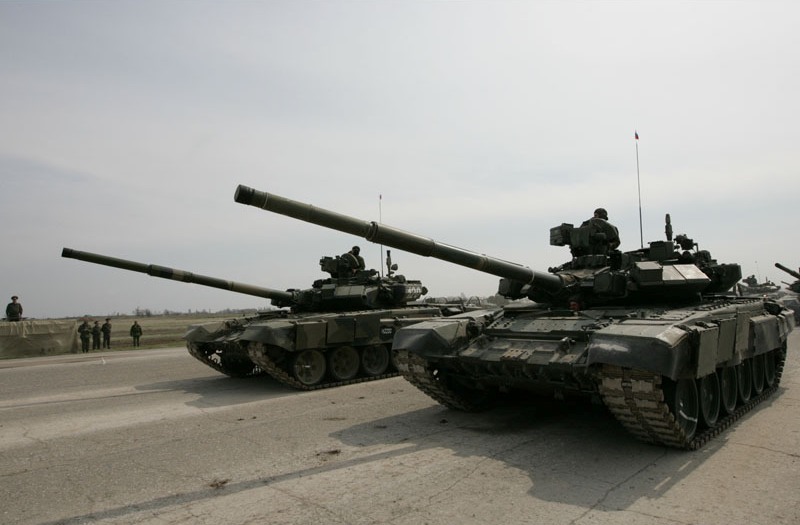Delta Force’s approach to medical training
- By George Hand
Share This Article

“If I have to stick that rubber dummy’s arm one more time to start an IV (Intravenous) flow of fluids… well, I think that I may just throw up. Ah, but there is a first aid TX (treatment) for puking too.”
We, Americans, have all seen rubber and plastic forms used as patients for mandatory First Aid training in our workplaces. Sometimes all you get is an arm or a leg… or a disembodied torso. It’s a shame that the life-or-death training can’t be more realistic. Well, it can.
My team medic, Jim, walked into the team room once and announced:
“Have you heard? Geo just had a compound fracture of the leg. He needs a large bore IV right away!” I frowned as the medic slung an IV set and a bag of fluid – lactated Ringer’s to be precise – to Don H; he was the man who was at the sending end of the Ringer’s IV fluid and IV set. He set about immediately, sticking a vein in my arm. Being the acting patient was like jury duty – it came around periodically and you hated it, but you had to suck it.
“First time stick; not a problem,” Don gloated and Jim praised. Sure, it was a realistic stick for an IV… but the circumstances and setting were not. My Team Leader recognized that fact and set out to rectify the scenarios.
So, some days later, we were on the firing range when an army tactical ambulance arrived and I was beckoned to climb inside. The ambulance began to drive. The Delta medic inside announced that there had been a roadside bomb attack and that my Team Leader had been injured. He was lying secure in a stretcher inside, quiet and with his eyes closed:
“He needs two IVs; one in each arm. Now, get to work.”
Related: US SpecOps were the vanguard of a revolution in battlefield medicine
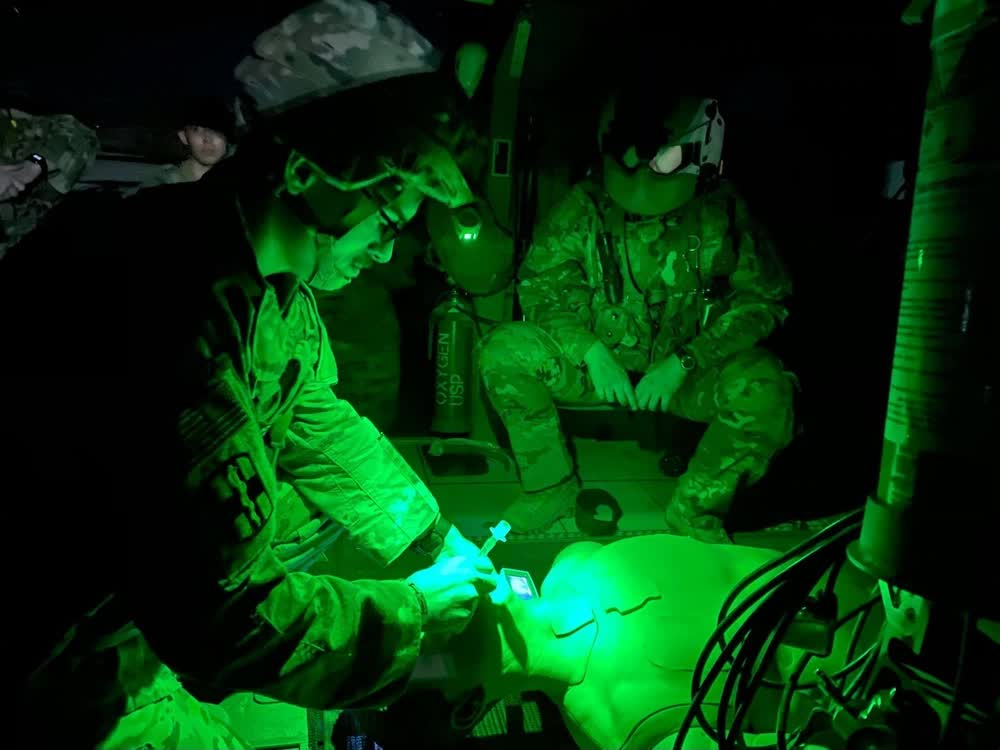
I had all the materials I needed right there at hand. But, suddenly, the lights went out and all was dark as ebony. I pulled out the flashlight from my cargo pans and flicked it on. The ambulance ride became rough and unscrupulous toward handwork that required muscles proficient in fine motor skills. It seemed impossible.
“No white light; this is a tactical situation,” asserted the medic. I switched my flashlight over to a soft red lens and proceeded to stick my TL in the lower forearm. “Always start as distal as possible when giving IVs, were words I remember well from my initial Delta combat medic training.” I complied.
My first attempt at sticking a vein was… successfully a failure:
“Come on, Geo, you’ve got this; smooth is fast, my TL urged,” I chilled out and went for the second stick. I failed that one too. The ambulance returned to the firing line and summoned Jim to come aboard. It drove off with Jim and another man from our same troop, though from a different Assault Team.
I was a failure.
So, naturally, I went into an intense bout of IV training and practiced on anyone who let me. Being the stick dummy has no training value, so to refuse to be one is not such a big deal; although, eventually everyone comes around to serving in that capacity, whether they want to or not.
Realistic training is needed in a special forces unit, and it comes with a risk. The more the risk, the more realistic the training, and so on. Every special forces unit has a risk tolerance that governs how realistic medic training will be. Delta has always valued its human resources, and with that, it puts a great effort to bolster first-aid training.
In all of Delta’s power of persuasion reside the words: “Train like you are going to fight.”
By Almighty God and with honor,
Geo sends
Read more from Sandboxx News
- SOCOM spent $80 million to field a Fallout-style power armor
- Video: Did Ukraine destroy a 5th-generation Russian fighter?
- The Cutts Compensator and the adoption of the Thompson SMG: A tale of Marine Corps corruption?
- Delving into the military urban legend of stress cards
- What’s all the ‘Hot Fuss’ about? The 20th anniversary of The Killers’ debut classic
George Hand
Master Sergeant US Army (ret) from the 1st Special Forces Operational Detachment-Delta, The Delta Force. In service, he maintained a high level of proficiency in 6 foreign languages. Post military, George worked as a subcontracter for the U.S. Department of Energy (DOE) on the nuclear test site north of Las Vegas Nevada for 16 years. Currently, George works as an Intelligence Analyst and street operative in the fight against human trafficking. A master cabinet-grade woodworker and master photographer, George is a man of diverse interests and broad talents.
Related to: Special Operations
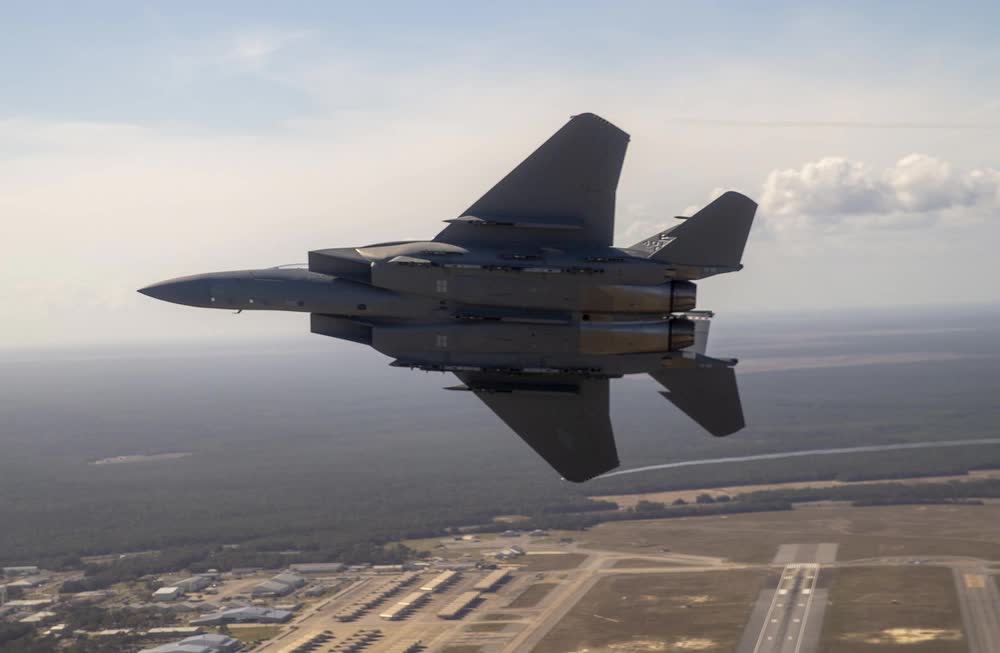
Video: The wild plans to use the F-15EX in the early days of a war
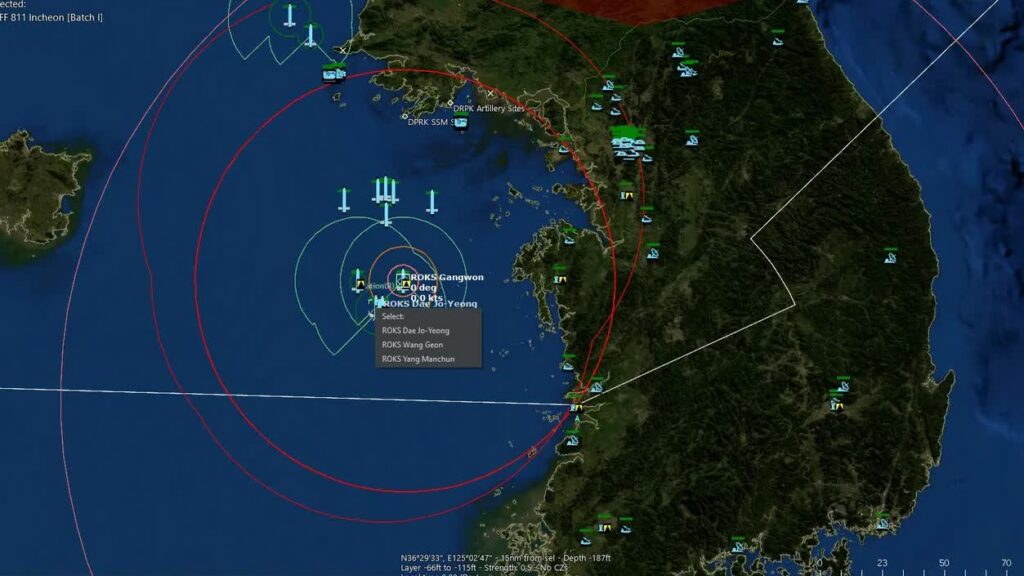
The Air Force is letting troops play a video game to prepare for global conflict
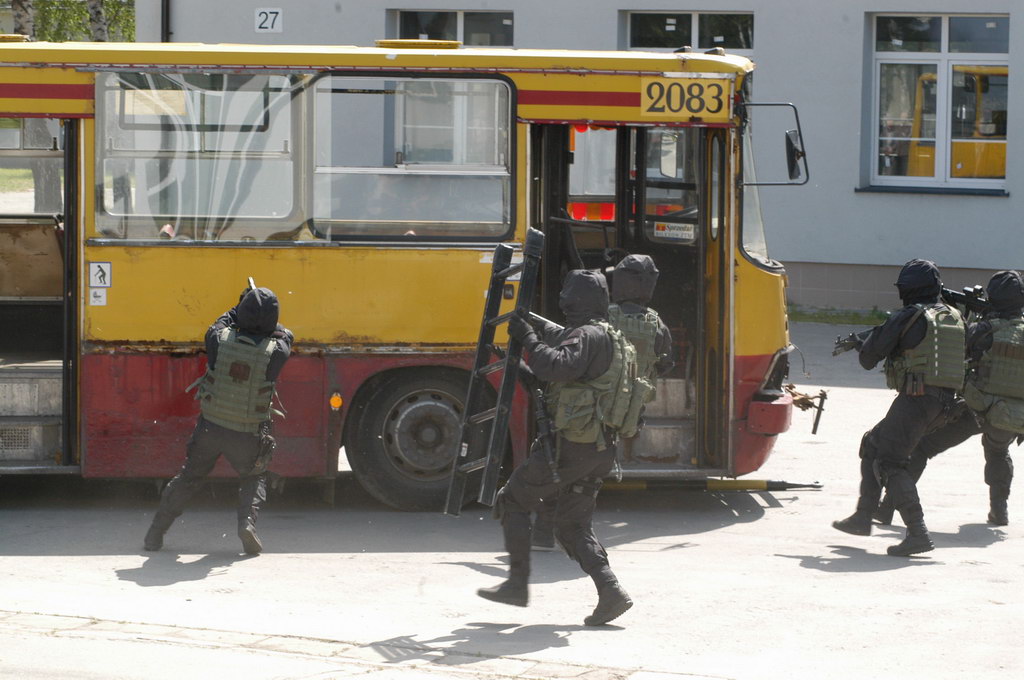
Delta Force escapades with Poland’s elite GROM special operations unit
